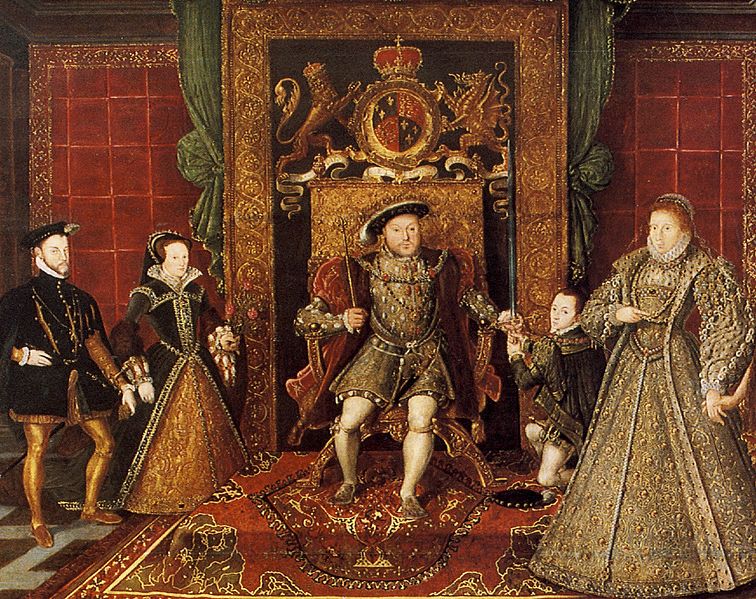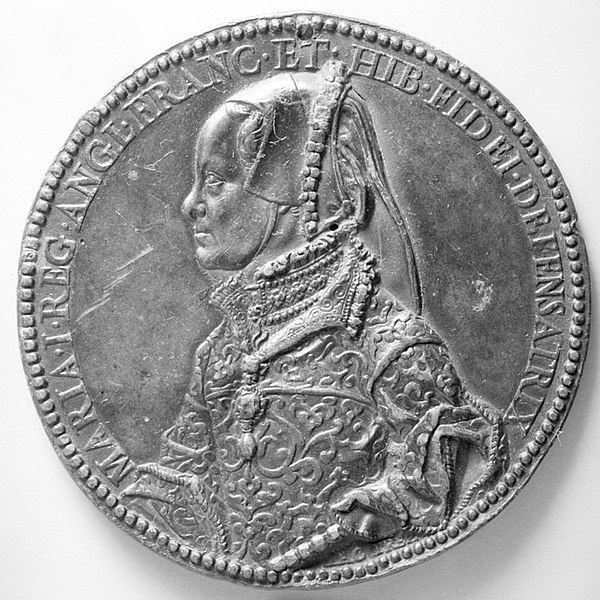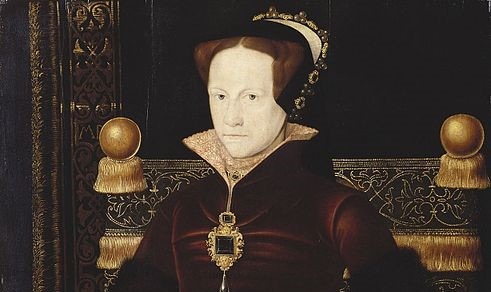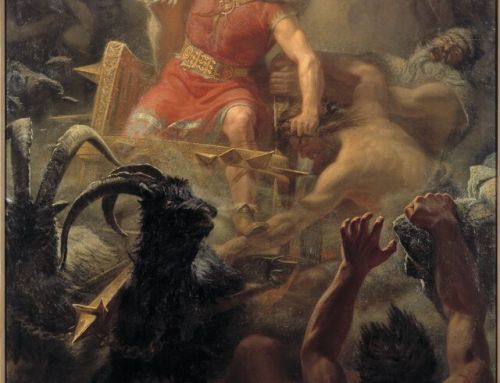The Bloody Mary Phantom
One of the most common ghost stories in Britain is the legend of Bloody Mary. Known as a vengeful ghost, her name has existed for generations. To summon her, you must stand in front of a mirror and turn all the lights off and then chant ‘Bloody Mary’ three times, and she will appear.
When she becomes aware of the presence of the person who summoned her, or another person in the same room, she will reach out of the mirror and attack them. Perhaps by scratching their eyes or stealing their souls. Should she be in a good mood, the person will become as angry and bloodthirsty as the ghoul herself. They will then be dragged into the mirror to remain behind the glass forever.
Despite this frightening legend, scaring kids around the world, the origins behind it are far more down to earth.
Most tales about spectres are usually based upon real people, their reputation, personal history and other aspects of their life. All of which have been gradually modified as time went on from the initial story. So it’s likely that Bloody Mary was based upon a real person, and one of the most probable candidates is Queen Mary the first, otherwise known in her time as ‘Bloody Mary’.

Mary Tudors personal life
Queen Mary’s early life focused a good deal on marriage. Her father tried to organise an arranged marriage for her when she was young and continued until she was seventeen. Paralleling this portion of her life, the initial setup of the ritual can be a metaphor regarding Marys unmarried status.
Because in 1786, Robert Burns explained a ritual in one of his poetry books. It said, if someone walks upstairs at night with a lit candle and a hand mirror, you could see the face of your future husband in the reflection.
Following the publication, many unmarried women would try this when considering suitors and it became a common practice.
However, Burns warned if you saw the grim reaper, it meant you would not live to see your wedding day. This warning has been intertwined with the spirit in question, based on how the ritual heavily suggests you would die after contacting her.
But it wasn’t just poets who contributed to the connection between the spectre and the late monarch. During her life, Mary Tudor could easily become emotionally overwhelmed, distressed and prone to mood swings during her everyday activities.
Her wild emotions partly stemmed from the harsh treatment she received at the Royal courts and her family. Such as being unable to see her mother who had been sent away following her parents divorce. Mary was perceived negatively for her angry outbursts and episodes of melancholy. Which lead to Bloody Mary behaving in extreme mannerisms to mimic people’s opinions of Mary Tudor.
Queenhood
What’s most rememberable about Marys reign, and the reason behind Bloody Mary’s bludgeoning, was the number of executions she issued. She believed that England needed to be Catholic again and killed anyone she saw as a heretic. It is estimated that in total there were over 300 executions performed, with a majority of them having people burnt at the stake.

It was her intention for all her subjects to follow her religious ‘vision’.
It’s reasonable to discern that this is why Bloody Mary ghost is rumoured to scratch out people’s eyes upon glance. From this, many were against her punishments due to their dislike of her religious reformations. Along with the belief that their queen intended to prevent their access to heaven by destroying their bodies with fire. Something Bloody Mary also does by stealing and hoarding souls, copying the widespread reaction to the monarch.
However, Mary would revoke orders for execution should the accused cast aside loyalty to Protestantism and follow Catholicism instead.
This was a traitorous act in the eyes of the common folk. And so, the legend of Bloody Mary includes this by stating she is able to alter the mind of others. This is followed by the spook kidnapping them and forcing her victims to stay within the world behind the mirror.
As a character, Bloody Mary is an intriguing accumulation of British history and social commentary from the 15th century. She demonstrates the characteristics which were frowned upon during this era and further explains the disdain held towards Mary Tudor.
It’s interesting to see how folklore captures elements of history that allow us to understand those who lived before us. Bloody Mary is one example of this, but there are still more out there with different narratives to tell.






Leave A Comment